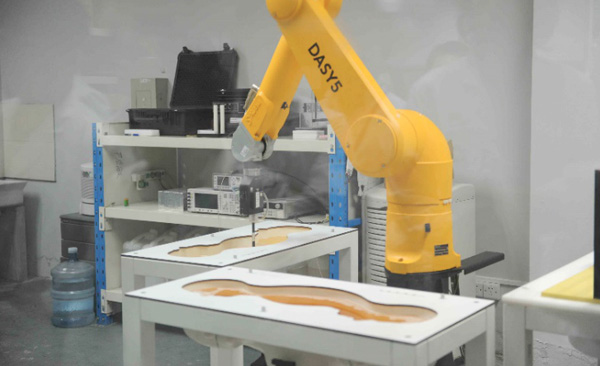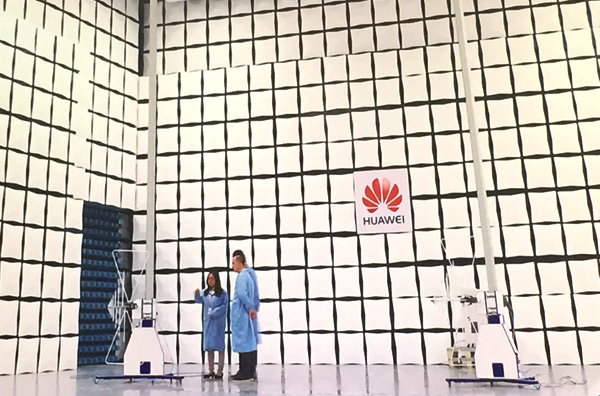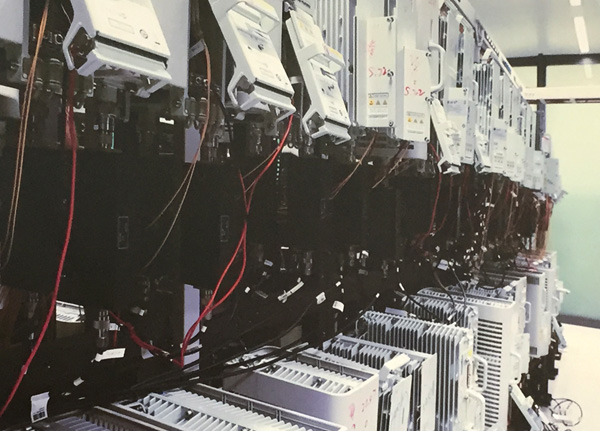Ever wondered what machinery smartphone firms use to test out those shiny handsets they keep shifting by the truckload? I have. Well, they spend a full six months of the phone’s now-year-long pre-release life just checking if they’re fit for purpose, so that’s got to be some pretty interesting, exhaustive probing and pummelling.
So I grabbed a checkered, Mandarin-style lab coat, snuck inside Huawei’s 10,000-work research and development campus in Shanghai and made my way down several lift floors to the “Global Compliance and Testing Center”. Where less than 400 of the staff are allowed, I found a window-less complex of around 30 rooms, from cramped test chambers, Breaking Bad-style labs and enough bright white asylum-like caverns to miniaturise a hundred Mike Teavees.
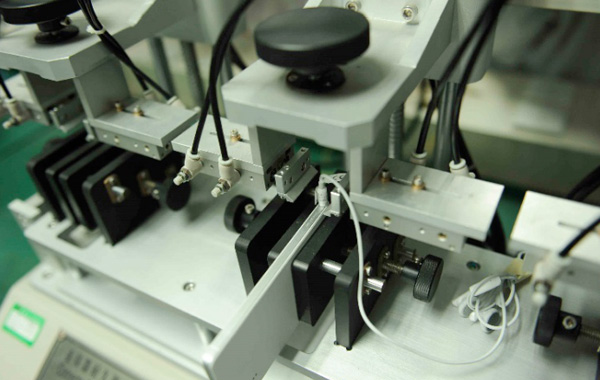
While each manufacturer has its own specific set of standards, a minimum of 3,000 phones are interrogated for most individual phone Huawei launches in a series of internal and external mechanical reliability tests. In a first room maintained at 22 degrees, pistons pump in and out of sync across multiple desks to explore every corner of the handset. For each individual test there are five stages of iteration, with the fourth and fifth passes having to result in success. If not: bin.
There’s button testing, which simulates our predictably erratic usage by prodding “power on” 200,000 times and volume up/down 50,000 times per phone (that’s the correct ratio, apparently; the full test takes five days for one handset). There’s the “Tumbling Test”, the Rameses Revenge of the R&D department, which sees 10 phones slammed in a tombola and left to fend for themselves for 100 turns a go. A tumble from half a metre simulates your precious falling from your pocket, whereas a metre drop is the full “Oh no, it’s slipped from my fingers!” horror story.
One tester sticks his own phone in for a laugh. Pleasingly for all concerned, it survives.
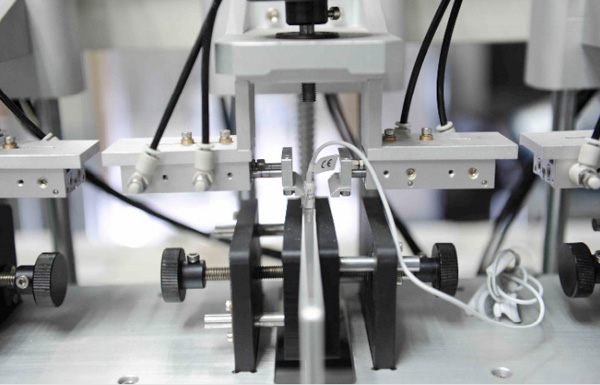
There are more machines built purely for the pulling out and plugging in of jacks. Headphones are yanked out and put back 5000 times, micro USB wires an ever larger 10,000 times (again, it’s all about those ratios). In a simulated scenario that you use the microUSB just once a day — unlikely, we argue — so 365 times a year, this enables a three-year guarantee on your ports.
Next on the procession is a zero-failure ‘Connector Durability Test’, which grabs the USB cable and stretches it from side to side, while plugged in, in different directions. We’re told it’s zero failure because it’s connected to other rather important parts — such as the line mic and sound processor — that if affected will mess up the whole show.
Then there’s physical pressure testing. A ‘Twist Tester’ simulates the very specific case of standing up and turning in one motion, with a force of two newton metres applied to the handset five times. It’s followed by a soft-pressure test, which pushes 25kg down 100 times in a denim sack, a dead ringer for the cushioning of clothing.
There are more extreme tests too. The 70kg ‘Soft Press Tiredness Tester’ simulates you dropping and standing on your phone — only once, mind — while the visually impressive ‘Drop Test’ raises the handset up on a vertical conveyor belt like a posh gym weight system and free-drops it before your eyes.
The rigging can take it up to two metres high if necessary, and there are two rounds of drops on each of the device’s six sides, with corner-drops an increasing focus. All the time a 1/5000 frame-rate camera captures all the lovely impacts in slo-mo.
As each grey lab starts to blur into one, the next appears full of plants and it suddenly feels like I’m in Resident Evil 2 and have wandered into one of the outer abandoned Umbrella offices where evil vegetation is now king. Amid the foliage and a line of Lenovo monitors in the OTA Laboratory is a big, yellow, sensor-enabled robot arm (above). It’s actually an advanced, Swiss DASY5 Pro testing system and rather than judging mechanisms, it flirts with the impact and influence of 2G, 3G and 4G electromagnetic radiation on the human body.
Behind protective glass, inside those sinks is a liquid that simulates human body tissue, and phones are routinely thrust in to ensure radiation levels comply with both Europe CE and US FCC standards. I’m told the latter is by far the strictest, if you were wondering.
There’s also an environment and climate room, with 9m high ceilings and various cubes to ape temperatures and humidities, rising 60 degrees a minute if required. When we watch, it’s simulating Russia — I’m not told why — but it can go as low as -40C or as high as 70C. For a phone to pass, it needs to handle the extremes of -20C and -55C respectively.

A maze of smaller anechoic chambers then pop up that absorb sound as well as electromagnetic reflections. A brief glimpse of a phone being thrust at a Crash Test Dummy in a padded cell (above) is enough to induce nightmares before the bank vault-like door is slammed close for testing.
The “Head” is actually an advanced German audio-analysis system that mimics a variety of our increasingly dreadful postures to check audio output amid the many angles of sound-proofing.
But if anechoic chambers look like asylums inside and close like life-ending Saw-esque serial-killer stowaways, the “Caution, injure hand” sign showing a shard slicing off fingers in jaunty yellow fails to soothe too. Then there’s this…
Yes, a cavernous 10m semi-anechoic chamber rocking two rotating antennas. It apparently set Huawei back a cool £1.3 million alone and, befitting the whole terrifying nature of this inner testing sanctum, allows no one in the room when its setup and ready to go in case of a Dr Manhattan-style mishap.
It’s 12m high and guarantees absolute signal clarity and 100dB signal attenuation. Phones lay on a humble, hole-laden table so that the antennas can test the signal from different angles, shifting up and down as they do.
The final stop is the £9.5 million ‘Shanghai Protocol’ unit, which houses 14 sets of testing equipment in six pro labs that are like sealable sheds with tiled floors. Here, the wide-band radio communicator simulates signals and test checks RF and interuptability of protocols.
Amid such expensive and increasingly dangerous equipment, it’s almost reassuring at this point to find that a Windows 7-running Dell desktop PC is what’s taking care of things at the business end. All that gathered data has to be processed as simply as possible, after all.


